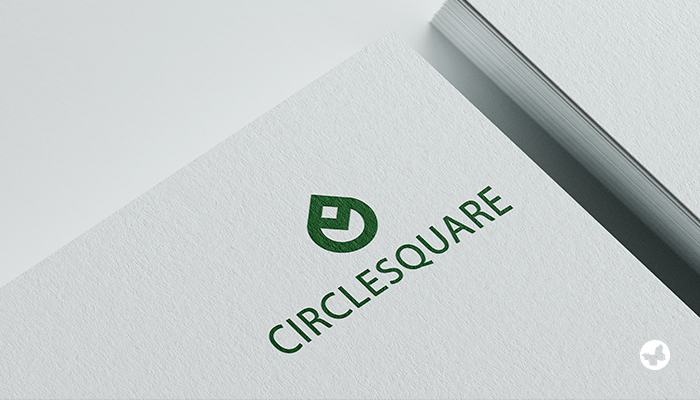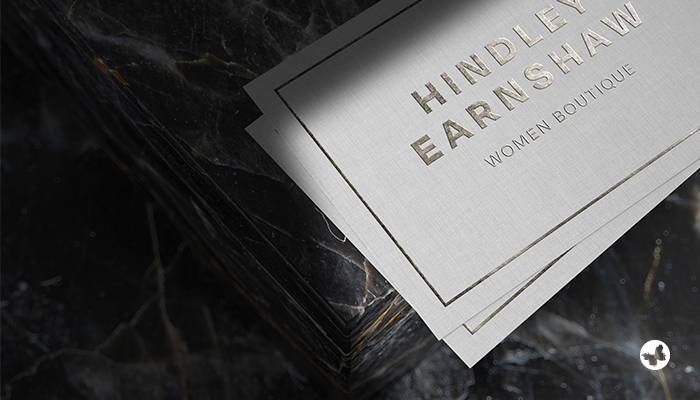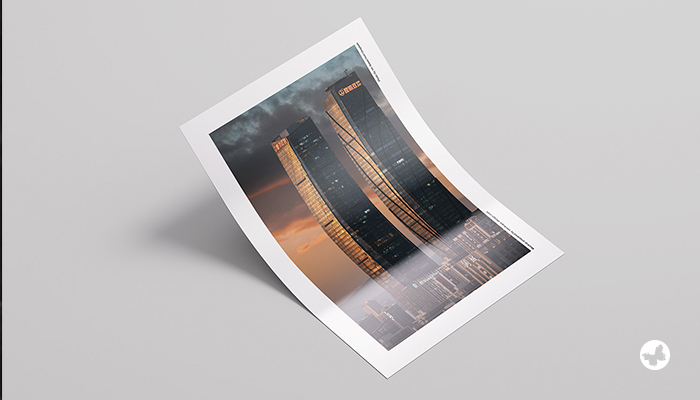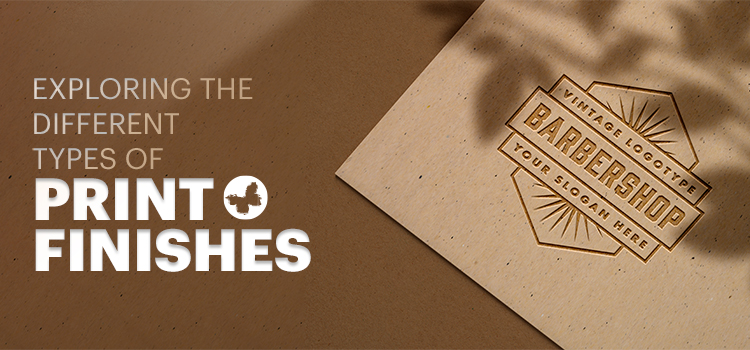Print finishes apply the final touches to a printed product after the ink has dried. They can enhance the appearance, durability, and functionality of the print, as well as add some extra flair and creativity. Print finishes can range from simple coatings to complex effects that require special equipment and skills. In this article, we will explore some of the most common types of print finishes and how they can improve your print projects.
What is a Print Finish?
A print finish is any process that modifies the surface of a printed product, such as paper, cardstock, or fabric. You can apply print finishes for various purposes, such as:
- Protecting the print from damage, wear, and tear, or environmental factors.
- Improving the quality and clarity of the print, such as enhancing the colours, contrast, or sharpness.
- Adding texture, dimension, or shine to the print, such as creating embossed, debossed, or glossy effects.i
- Making the print more interactive or functional, such as adding magnets, stickers, or perforations.
Print finishes can be classified into two main categories: coatings and special effects.
Coatings

Coatings apply thin layers of material to the surface of the print, either by spraying, brushing, or rolling. They can be either transparent or coloured and can have different finishes, such as matte, glossy, or satin. Coatings can serve various functions, such as:
- Sealing the ink and preventing it from smudging or fading.
- Enhancing the appearance and feel of the print, such as making it smoother or shinier.
- Providing resistance to water, stains, scratches, or UV rays.
Some examples of coatings are:
- Varnish: A clear liquid that is applied to the whole or part of the print to give it a glossy or matte finish. Varnish can also be used to create spot effects, such as highlighting certain areas or creating patterns.
- Lamination: A plastic film that is heated and pressed onto the print to give it a protective layer. Lamination can also have different finishes, such as glossy or matte. Lamination can make the print more durable and water-resistant.
- UV Coating: A clear liquid that is cured by ultraviolet light to create a hard and shiny surface. UV coating can make the print more vibrant and resistant to scratches and fingerprints.
Special Effects

Special effects are processes that alter the shape or appearance of the print by using physical tools or techniques. They can create more dramatic and eye-catching results than coatings, but they can also be more expensive and time-consuming. Special effects can give your print a unique and distinctive look that can impress your audience and convey your message more effectively. However, special effects can also require more skill and equipment to apply, and they can increase the production time and cost of your print project. Therefore, you should carefully consider the benefits and drawbacks of using special effects for your print project. Special effects can serve various purposes, such as:
- Creating depth and dimension to the print, such as making it raised or indented.
- Adding metallic or holographic elements to the print, such as gold foil or glitter.
- Cutting or folding the print into different shapes or sizes.
Some examples of special effects are:
- Die Cutting: A process that uses a metal blade (die) to cut out shapes from the print. Die cutting can be used to create rounded corners, windows, pop-ups, or custom shapes.
- Embossing: A process that uses a metal plate (emboss) and pressure to create raised impressions on the print. Embossing can be used to create textural effects or highlight logos or images.
- Foil Stamping: A process that uses heat and pressure to transfer a thin layer of metallic foil onto the print. Foil stamping can be used to create shiny accents or decorative patterns.
Read More: The Difference Between Lamination and Varnish
How to Choose a Print Finish?

Choosing a print finish depends on several factors, such as:
- The purpose and audience of your print project. For example, if you are printing a business card, you might want to use a lamination or varnish coating to protect it from wear and tear, and a foil stamping or embossing effect to make it stand out from others. If you are printing a flyer or brochure, you might want to use a UV coating or die-cutting effect to make it more attractive and memorable.
- The type and quality of your paper material. For example, if you are using thick and textured paper, you might want to avoid using a glossy coating or foil stamping effect that might clash with its natural look. If you are using thin and smooth paper, you might want to use a matte coating or embossing effect that might add some contrast and depth.
- The budget and time frame of your print project. For example, if you have a limited budget and time frame, you might want to opt for a simple coating that is easy and cheap to apply. If you have more resources and flexibility, you might want to experiment with different special effects that might require more skill and equipment.
Conclusion
Print finishes are an important aspect of any print project that can enhance its appearance, durability, and functionality. They can make your print more attractive, professional, and memorable to your target audience. There are many types of print finishes to choose from, each with its advantages and disadvantages. Some print finishes protect your print against environmental factors, such as water, stains, or UV rays. Others improve the quality and clarity of your print, such as enhancing the colours, contrast, or sharpness. Certain finishes can add texture, dimension, or shine to your print, such as creating embossed, debossed, or glossy effects. Additionally, some finishes make your print more interactive or functional, such as adding magnets, stickers, or perforations. By considering the purpose, audience, material, budget, and time frame of your print project, you can select the best print finish for your needs.
We hope you find this content from ButterflyGP useful. Please share your views with us.
